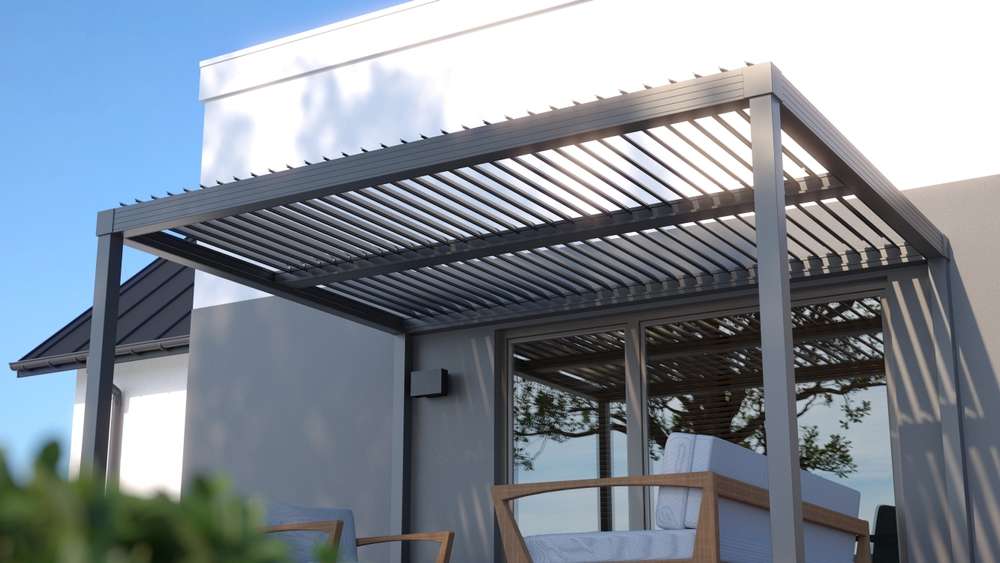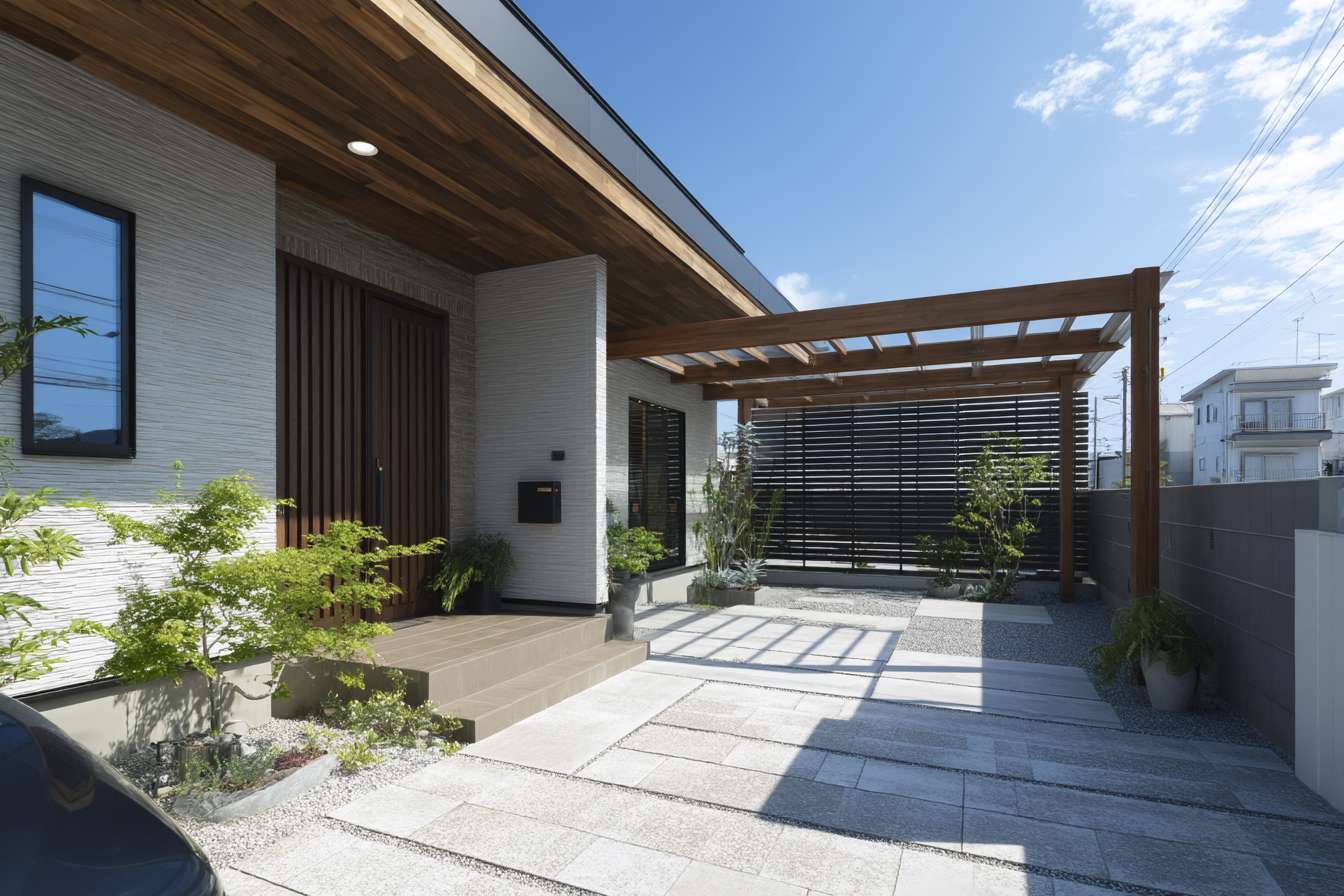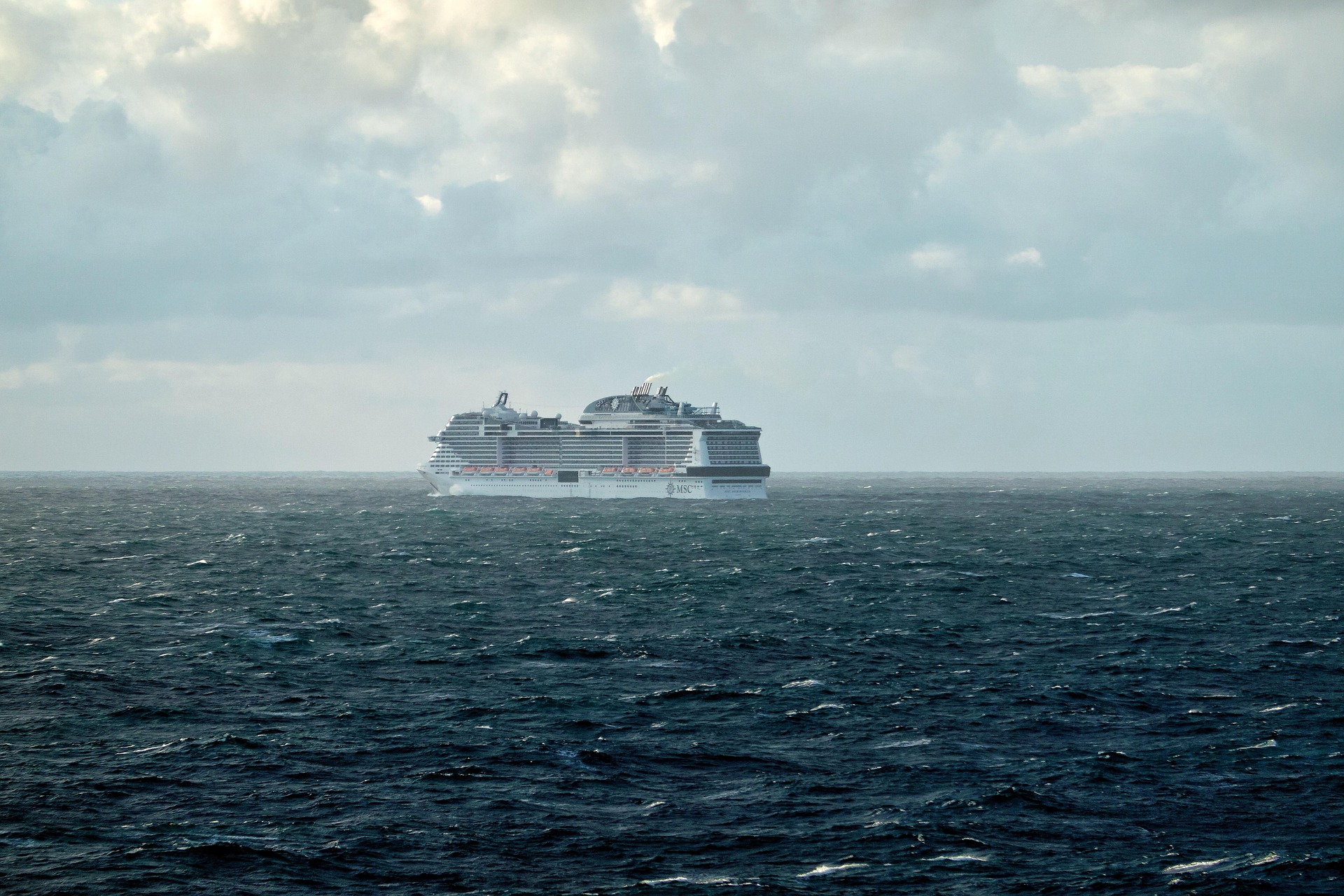Awnings & Overhangs: Enhancing Outdoor Spaces with Style and Functionality
Awnings and overhangs are versatile architectural elements that provide both aesthetic appeal and practical benefits to outdoor spaces. These structures extend from buildings, offering shelter from sun, rain, and other weather conditions while creating inviting areas for relaxation and entertainment. As homeowners and businesses increasingly prioritize outdoor living, the demand for innovative awning and overhang solutions continues to grow.

What are the key benefits of awnings and overhangs?
Awnings and overhangs offer numerous advantages for residential and commercial properties. They provide shade, reducing direct sunlight exposure and lowering indoor temperatures, which can lead to significant energy savings. These structures also protect outdoor furniture and flooring from weather damage, extending their lifespan. Additionally, awnings and overhangs create comfortable outdoor living spaces, allowing property owners to enjoy fresh air and nature even during inclement weather.
How do awnings differ from overhangs in design and function?
While both awnings and overhangs serve similar purposes, they differ in design and construction. Awnings are typically fabric or metal coverings attached to the exterior of a building, often with retractable or adjustable features. Overhangs, on the other hand, are permanent structural extensions of a building’s roof, usually made of the same materials as the roof itself. Awnings offer more flexibility in terms of customization and seasonal adjustments, while overhangs provide a more integrated and permanent solution.
What types of outdoor sun shades are available in the market?
The market offers a wide variety of outdoor sun shades to suit different needs and preferences. Retractable awnings are popular for their versatility, allowing users to extend or retract the shade as needed. Fixed awnings provide a more permanent solution and come in various styles, including dome, waterfall, and spear-point designs. Pergolas with retractable canopies offer a blend of architectural interest and adjustable shade. For a more modern approach, tension sail shades and motorized screens are gaining popularity for their sleek appearance and ease of use.
What factors should be considered before buying awnings or overhangs?
When selecting awnings or overhangs, several factors should be taken into account. Climate and weather conditions play a crucial role in determining the most suitable materials and designs. The architectural style of the building should also be considered to ensure a harmonious integration. Budget is another important factor, as prices can vary significantly depending on materials, size, and customization options. Additionally, local building codes and homeowners’ association regulations may impact the type and size of structures allowed.
What are the latest trends in smart shades for 2025?
As we look towards 2025, smart technology is revolutionizing the world of outdoor shades. Automated retractable awnings with weather sensors are becoming increasingly sophisticated, adjusting to sunlight, wind, and rain conditions without manual intervention. Solar-powered awnings are gaining traction, offering eco-friendly solutions that harness the sun’s energy to power their operation. Integration with smart home systems allows users to control their outdoor shades through voice commands or smartphone apps. Additionally, advanced materials that offer enhanced UV protection and improved durability are being developed to meet the growing demand for long-lasting, low-maintenance solutions.
How do awnings and overhangs compare in terms of cost and installation?
| Type | Average Cost Range | Installation Complexity | Customization Options |
|---|---|---|---|
| Retractable Awnings | $2,000 - $3,500 | Moderate | High |
| Fixed Awnings | $700 - $1,500 | Low to Moderate | Moderate |
| Overhangs | $3,000 - $6,000 | High | Low to Moderate |
| Pergolas with Canopies | $2,500 - $5,000 | Moderate to High | High |
| Tension Sail Shades | $1,000 - $2,500 | Low | Moderate |
Prices, rates, or cost estimates mentioned in this article are based on the latest available information but may change over time. Independent research is advised before making financial decisions.
When comparing awnings and overhangs, cost and installation are significant factors to consider. Retractable awnings typically fall in the mid-range price point and offer excellent customization options, but may require professional installation. Fixed awnings are generally more affordable and easier to install, making them a popular choice for budget-conscious consumers. Overhangs, while providing a permanent and integrated solution, tend to be the most expensive option due to their structural nature and often require professional construction. Pergolas with retractable canopies offer a balance of architectural interest and functionality, with costs varying based on materials and size. Tension sail shades present a cost-effective option with relatively simple installation, though they may not provide as much coverage as other alternatives.
In conclusion, awnings and overhangs offer diverse solutions for enhancing outdoor spaces, providing shade, protection, and aesthetic appeal. As technology advances and consumer preferences evolve, the market continues to innovate, offering smarter, more efficient, and stylish options to suit various needs and budgets. Whether opting for a classic fixed awning or a cutting-edge smart shade system, property owners have a wide array of choices to create comfortable and inviting outdoor environments.




